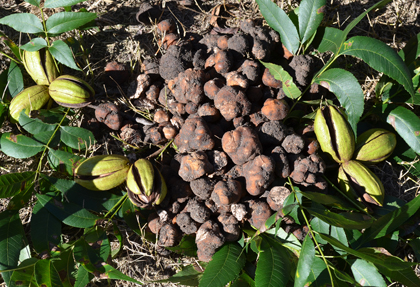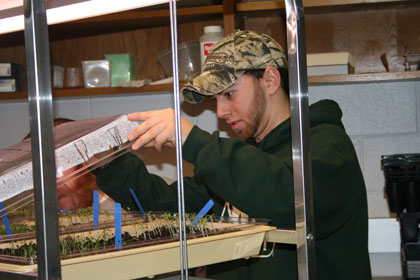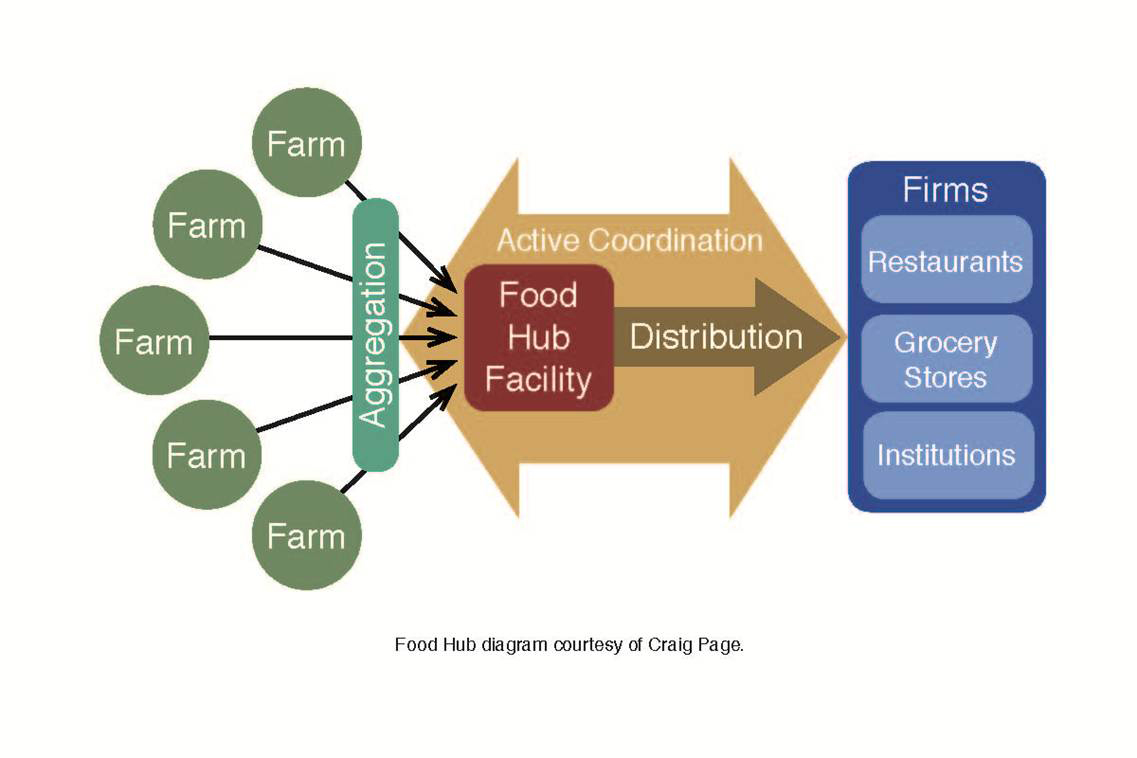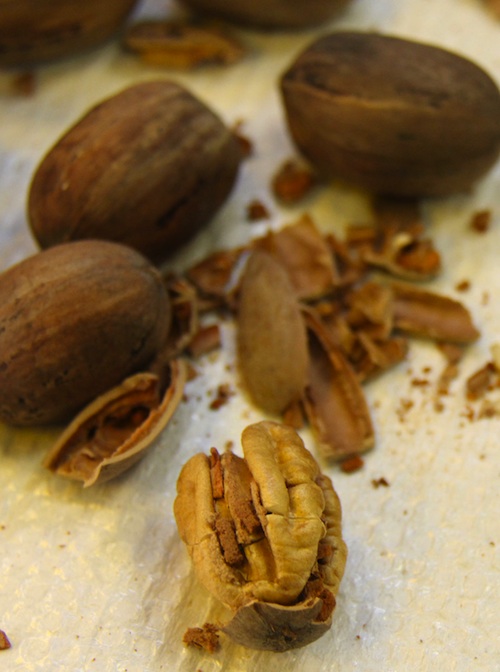.jpg) CAES News
CAES News
Farm bill
The recent vote by the U.S. House of Representatives Agricultural Committee to approve a five-year, $500 billion farm bill has encouraged Georgia peanut growers and given them hope that some legislation will be decided on this year.



.jpg)




